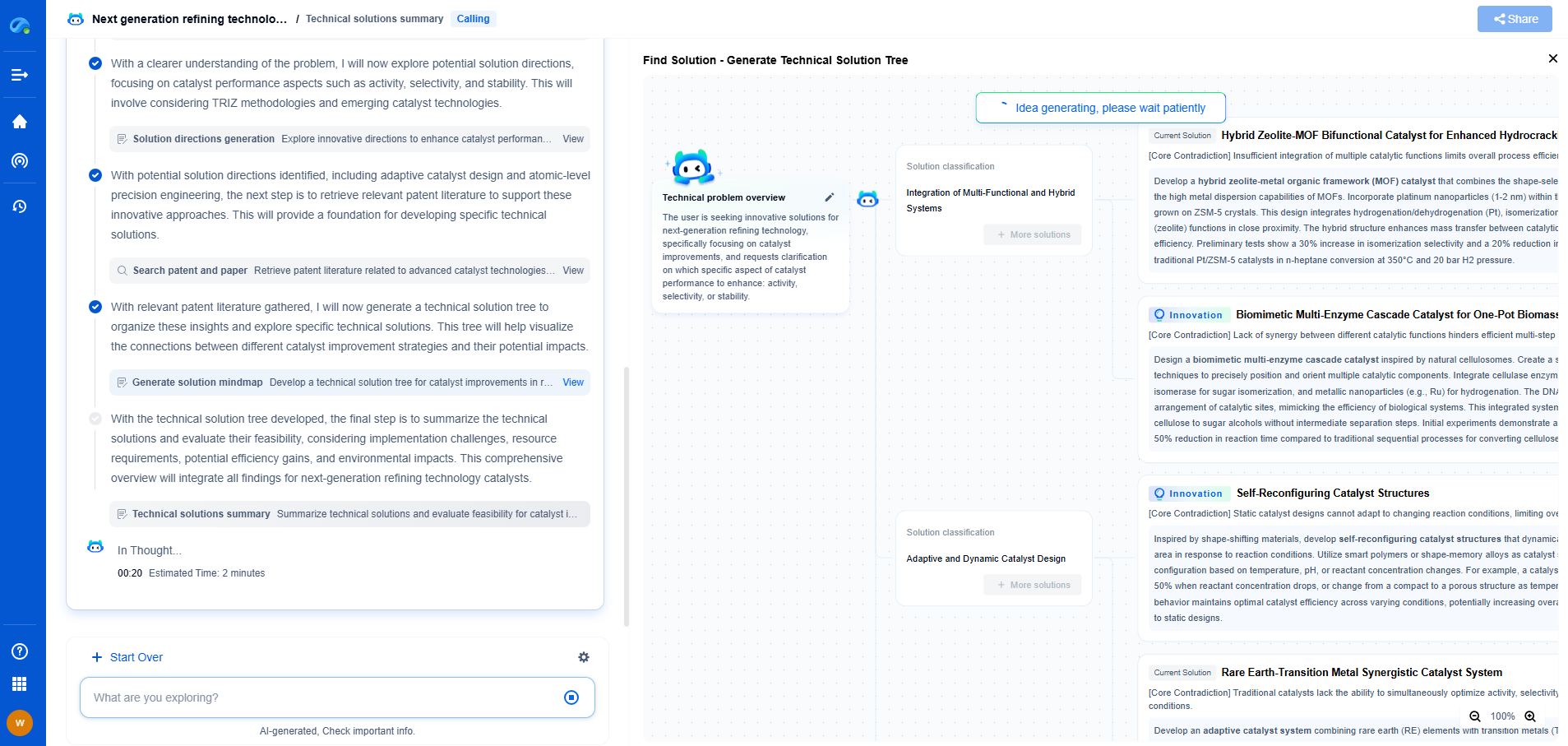RF front-end tuning and optimization involve adjusting impedance matching, filter characteristics, and antenna parameters to maximize signal integrity and minimize losses in wireless communication systems. This process enhances key metrics such as gain, linearity, and power efficiency across operating frequency bands. Techniques include the use of tunable components like varactors and MEMS switches to dynamically adapt to varying signal conditions and device requirements. Effective RF front-end optimization is critical for meeting performance targets in modern standards such as 5G and Wi-Fi 6.
The Role of AI in RF Front-End Systems
AI technologies, particularly machine learning algorithms, have shown great potential in addressing the intricacies of RF front-end systems. By harnessing the capabilities of AI, engineers can analyze large volumes of data to predict and optimize system performance. AI models can learn from historical data patterns, identify anomalies, and suggest optimal configurations to enhance RF system efficiency. This significantly reduces manual intervention, speeding up the tuning process and ensuring more accurate outcomes.
Machine Learning Algorithms for Tuning
One of the fundamental ways AI contributes to RF front-end optimization is through machine learning algorithms. These algorithms can process real-time data and adjust system parameters dynamically to achieve desired performance metrics. For instance, supervised learning algorithms can be trained on labeled datasets to predict the impact of environmental changes on signal quality, while reinforcement learning models can adaptively optimize RF parameters based on feedback from the system's performance. This adaptability is particularly valuable in dynamic environments where conditions can change rapidly.
Improving Signal Quality with AI
Signal interference is a common challenge in RF systems, often leading to degraded performance. AI techniques can effectively mitigate these issues by employing advanced filtering and signal processing methods. Deep learning models, such as convolutional neural networks (CNNs), have proven effective in real-time signal classification and interference suppression. These models can detect and filter out unwanted noise, ensuring clear signal transmission and reception. By consistently refining these algorithms, AI enables RF systems to maintain high signal quality even in congested spectral environments.
Energy Efficiency and AI-Driven Optimization
Another critical aspect of RF front-end tuning is energy efficiency. With the proliferation of mobile devices, energy consumption has become a paramount concern. AI can optimize power management by predicting power usage patterns and adjusting RF components accordingly. Techniques such as predictive analytics help in identifying energy-saving opportunities without compromising signal integrity. This not only extends battery life but also contributes to the sustainability of wireless communication technologies.
Challenges and Future Prospects
Despite the promising benefits of AI in RF front-end tuning, there are challenges that need to be addressed. The complexity of RF systems, coupled with varying environmental factors, demands robust AI models that are capable of adapting to diverse conditions. Moreover, ensuring the security and privacy of data used in AI-driven optimization is crucial. As AI technology continues to evolve, the integration of AI with RF systems is expected to advance, offering even more precise tuning and optimization solutions.
Conclusion
AI is undeniably transforming the realm of RF front-end tuning and optimization. By leveraging machine learning and deep learning techniques, AI provides a sophisticated approach to enhancing signal quality, improving energy efficiency, and automating system adjustments. As the demand for efficient RF systems grows, AI will continue to play a pivotal role in shaping the future of wireless communication technologies. The synergy between AI and RF design promises a future where wireless systems are more reliable, efficient, and adaptive than ever before.
How AI Is Being Used in RF Front-End Tuning and Optimization
JUN 27, 2025 |
Unlock Next-Gen Innovation in Communication Technology with Patsnap Eureka
The field of communication technology is evolving at breakneck speed—from 5G and satellite systems to next-gen wireless protocols and quantum communications. Staying ahead demands more than just information—it requires strategic insights, real-time patent intelligence, and a deep understanding of technological trajectories.
Patsnap Eureka, our intelligent AI assistant built for R&D professionals in high-tech sectors, empowers you with real-time expert-level analysis, technology roadmap exploration, and strategic mapping of core patents—all within a seamless, user-friendly interface. Whether you're optimizing signal processing designs, navigating 3GPP standards, or exploring IP strategies for IoT and 6G networks, Eureka helps you move faster, think deeper, and innovate smarter.
Try Patsnap Eureka today—and see how it can transform the way you work across the entire communication technology innovation lifecycle.
- R&D
- Intellectual Property
- Life Sciences
- Materials
- Tech Scout
- Unparalleled Data Quality
- Higher Quality Content
- 60% Fewer Hallucinations
Browse by: Latest US Patents, China's latest patents, Technical Efficacy Thesaurus, Application Domain, Technology Topic, Popular Technical Reports.
© 2025 PatSnap. All rights reserved.Legal|Privacy policy|Modern Slavery Act Transparency Statement|Sitemap|About US| Contact US: help@patsnap.com

